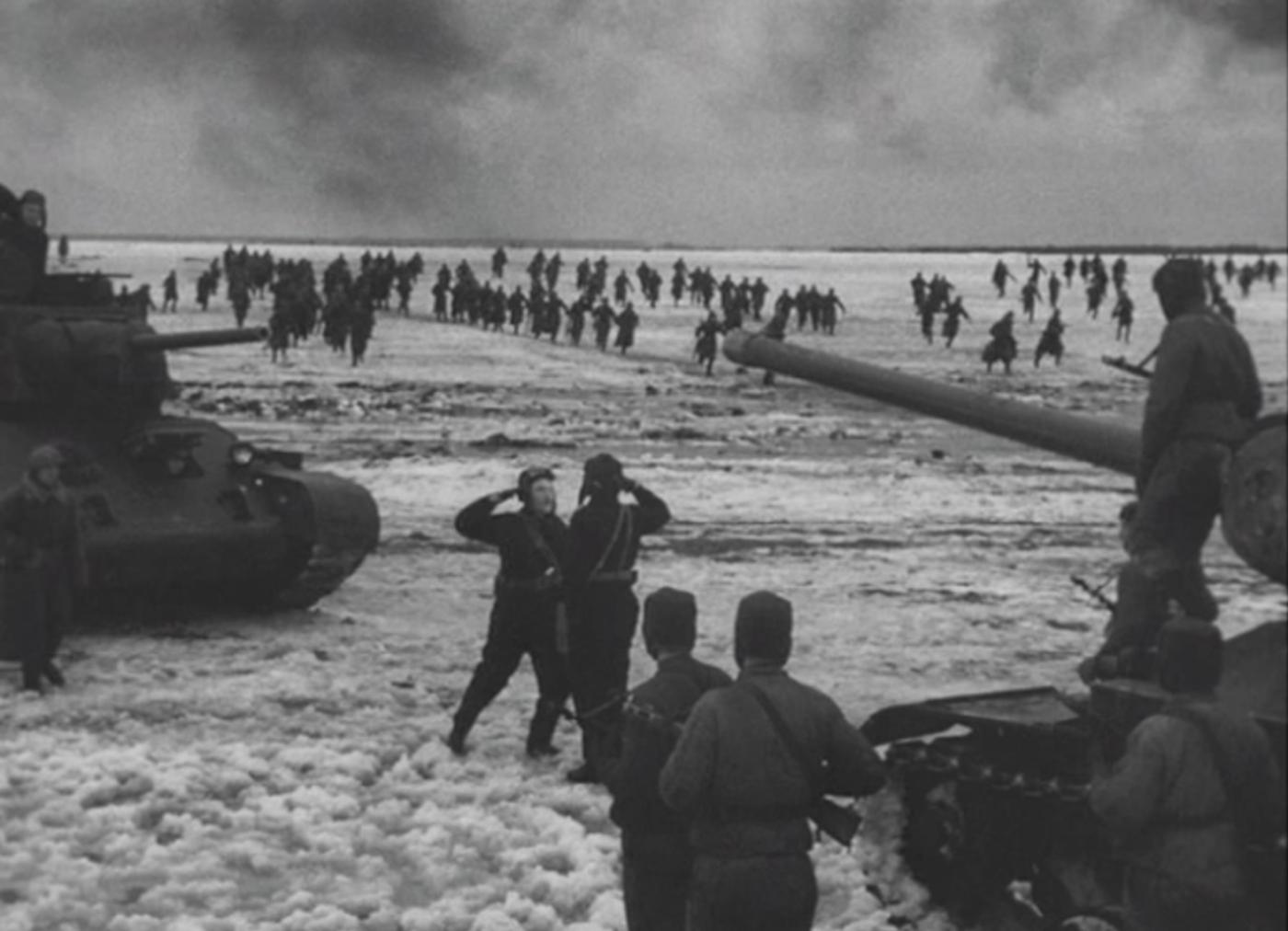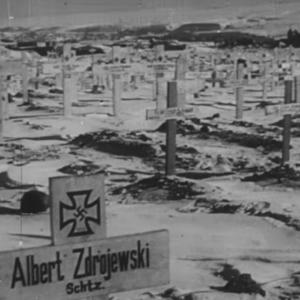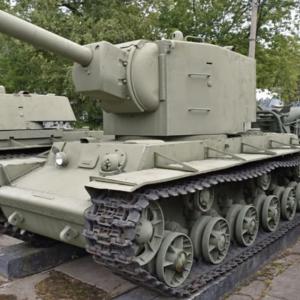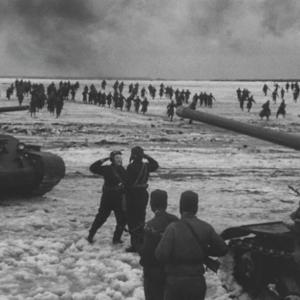
On this day in military history…
Operation Uranus was the Soviet counterstrike that turned the Battle of Stalingrad from a German siege into the worst disaster the German army had suffered up to that point in the war. It began in mid November 1942. Popular dates vary because of time zone issues and the series of preparatory actions, but the main artillery opening fell on 19 November. However, the Soviet armour and cavalry had already been moving into their start lines on the 18th. The idea that the Red Army had been on the edge of collapse at Stalingrad was a German illusion. In reality, Soviet General Georgy Zhukov and General Alexander Vasilevsky were quietly preparing a massive double envelopment, built on the classic manoeuvre of striking the enemy where he was weakest rather than directly against the urban centre. Stalin approved their concept in early autumn. The Soviet plan was to drive two great pincers around the exposed flanks held not by German elite units but by weaker Romanian, Italian and Hungarian allied troops who lacked anti tank capability. Once both Soviet jaws snapped shut west of Stalingrad, the entire German Sixth Army would be bottle necked inside the city and cut off from the rest of Army Group B.
The scale of force used was huge even by Eastern Front standards. The Soviets deployed roughly one million men for the overall encirclement operation. They fielded about 900 to 1,500 tanks depending on how one counts serviceable machines at zero hour, the bulk being T 34s and KV series heavies. There were around 14,000 guns and mortars. Artillery was the decisive weapon, especially the massed regimental, divisional and breakthrough artillery piles that fired crushing opening barrages to contrive penetration corridors through the Axis lines. Rocket artillery was also prominent. Stalin’s Organ, the Katyusha rocket launcher, made an enormous psychological and physical impact. And once the penetrations were made, cavalry corps and mechanised corps poured through the breaches, racing behind the enemy lines to link with the other arm of the attack.
The Germans and their Axis partners were caught badly. The Soviet strikes smashed the Romanian Third Army north of Stalingrad and the Romanian Fourth Army to the south. Once the pincers met at Kalach on the Don river, the trap was closed. Inside the pocket were around a quarter of a million German and allied troops. The commanding German officer inside Stalingrad was Friedrich Paulus. He had the Sixth Army and part of the Fourth Panzer Army. These were once powerful, highly skilled formations but after months of savage street fighting, shortages, frost, and constant attrition, they were exhausted, understrength, and thinly stretched. On the outside of the pocket, the local German commander with overall strategic authority was Field Marshal Erich von Manstein, brought in to rescue the situation. He attempted to assemble a relief force, Operation Winter Storm, using what mobile troops he still had: mainly Fourth Panzer Army elements and remnants of the Romanian and Italian formations that had not already disintegrated. But there simply were not enough strong fresh armoured divisions ready, fuel and supplies were scarce, the weather was terrible, and Hitler refused to allow Paulus to break out.
The German reaction was therefore confused. At first they refused to believe the Soviets could pull off a frontal manoeuvre of that size. Then they assumed that the Luftwaffe could supply the encircled Sixth Army by air, but this was a fantasy. Winter set in. Manstein’s relief offensive came to within roughly thirty miles of the Stalingrad pocket. Paulus asked permission to attempt a breakout and link up with Manstein. Hitler forbade it. So Sixth Army sat and froze. Soviet units tightened the ring and crushed pockets of resistance methodically.
Operation Uranus was therefore not just a turning point of the Battle of Stalingrad but a demonstration that the Red Army, by late 1942, had learned how to mass, coordinate, and combine arms in an operationally decisive way. It was a reversal of strategic initiative. It was the moment when the Germans realised that underestimating Soviet capacity was an error that would cost them an entire army, and eventually cost them the war.










